How To Stop Hooking The Golf Ball: It's Time To Banish The Common Fault For Good
Learn how to stop hooking the golf ball and say goodbye to this frustrating but far too common fault. PGA Pros Alex Elliott and Trey Niven are on hand to help


Learning how to stop hooking the golf ball is crucial for any amateur golfer who notices this devastating swing fault creeping into their game, as without an effective remedy you can quickly see your handicap and your scores soar.
Understanding how to start the backswing and the downswing can make all the difference by embedding strong fundamental positions that are synonymous with some of the best and biggest hitters in the world.
In this video and article, Golf Monthly Top 50 Coaches Alex Elliott and Trey Niven share their expert tips on how to stop hooking the golf ball for good...
How to Stop Hooking The Golf Ball: Alex Elliott's Top Tips

Alex Elliott spent three years caddying on the European Tour before taking his PGA qualifications. Since then he has created a thriving social media platform on Instagram and YouTube, where he offers a whole host of tips and advice to help viewers shoot lower scores.
Across his YouTube and Instagram accounts, Alex has more than 500,000 followers and subscribers, allowing him to reach a vast array of amateur golfers, providing them with his expert tips and guidance
What causes a hook in golf?
The direct cause of a hook can be linked to a few different factors at, and through, impact. If you swing the club on an in-to-out path, with a clubface that is also closed to that path and is pointing left of target at the point of impact, you are almost certainly conjuring up the dreaded hook shot.
There is often a misconception among club golfers about the differences between hitting an untimely hook and intending to hit a controlled draw. Simply put, when trying to deliberately shape the ball from right to left, you need to swing in to out still, but with the clubface pointing slightly right of target at impact instead of left.
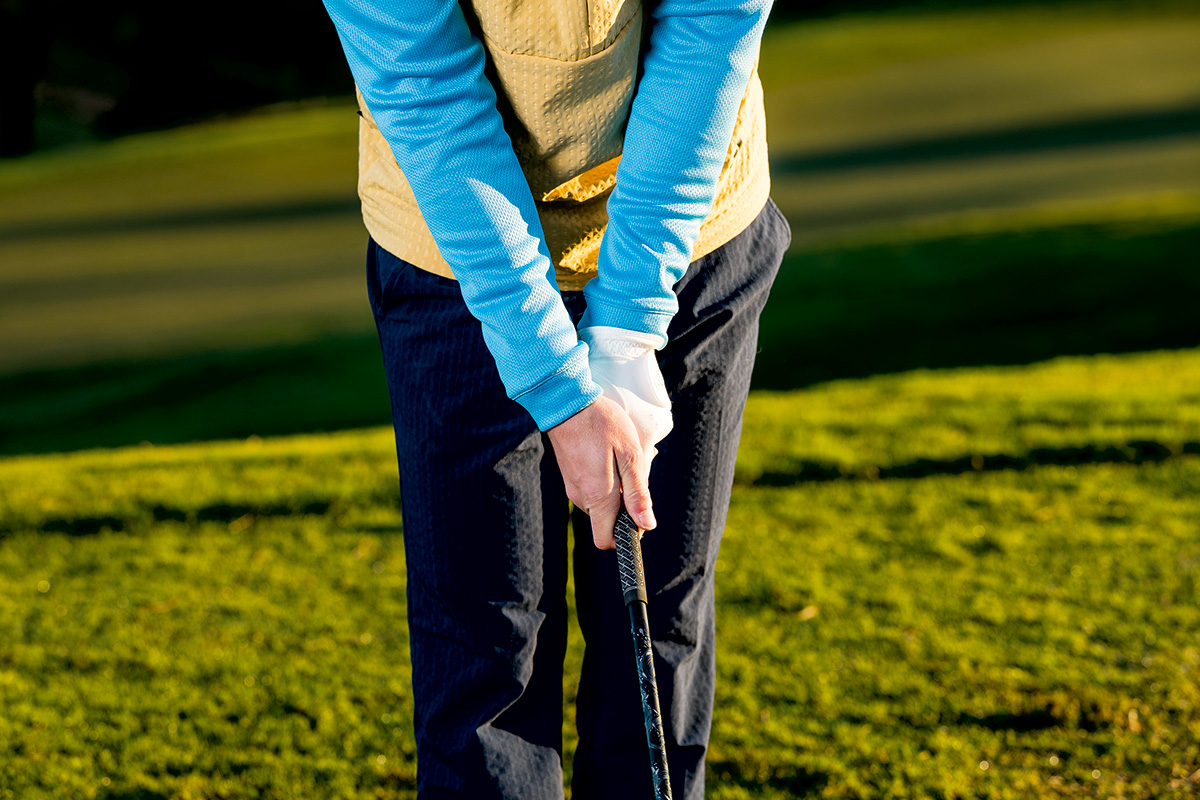
Returning the hands to a more neutral grip is one step towards fixing a hook in your golf swing
How do I prevent a hook in golf?
Get the Golf Monthly Newsletter
Subscribe to the Golf Monthly newsletter to stay up to date with all the latest tour news, equipment news, reviews, head-to-heads and buyer’s guides from our team of experienced experts.
To prevent a hook, your grip needs to rotate slightly towards the target side to find a more neutral position as above. A good checkpoint for this is that, when you look down at your grip, you should be able to see two-and-a-half knuckles on your lead or upper hand. You also want to see the ‘V’ created between the index finger and the thumb of your trail hand point directly up to your trail shoulder (right shoulder for a right-hander) - the textbook signs of a perfect golf grip. This will help reduce how much the face is closed at impact, and limit the chances of a hook.
How to stop hooking the golf ball?
To banish the hook for good, you must address any faults with your swing plane. If you’re drastically under plane, you’ll swing too much out to the right. Many club golfers who do this also struggle to transfer weight effectively, with both errors combining to send the ball miles left.

The split hand drill is a great way to ensure the club stays more in front of you in the backswing, reducing the risk of a hook coming into play
This split-hand drill will help you feel like the club stays more in front of you. Take your set-up but with a gap between your hands. At the start of the backswing, imagine resting the club on a table in front of you. If you’re under plane with the clubhead way behind you, you can’t lay it flat on the table. Try to keep the shaft parallel to the ground with the clubhead on a straight line to the target.
Finally, sticking with the split-hand drill, I want you to feel like the club is moving more across you and to the left after impact (as show in the image below). This should be pretty much the opposite of the position that your are getting into when you hit a hook, where the toe of the club has turned over and the hands have exited away from the body, as shown in the main image of this piece.
If you can find a happy medium between these two positions when swinging the club for real again, you will notice a drastic improvement in your ball-striking, achieve a powerful centred strike and a reduction in the frequency of that destructive hook shot rearing its ugly head.

Alex Elliott demonstrating the correct exit path of the club to prevent a hook in the golf swing, moving more across the body and to the left
How to Prevent A Hook In Golf: Trey Niven's 3-Step Plan

After enjoying a successful men’s amateur career, during which time he played for Shropshire and Herefordshire’s first team, Trey turned professional in 2018, and he now teaches from a number of locations in the Midlands. He enjoys coaching players of all abilities, from county players, to club golfers and beginners.
Trey has also appeared as a pundit on Sky Sports Golf, sharing his expert views with a wide-ranging audience during top PGA Tour events.
It's more common for golfers to struggle with cutting across the ball and hitting a slice, but a hook is arguably more dangerous. For right-handers, a hook occurs when the clubface points well left of the club path at impact. The start line is mostly dictated by the club, so the wider this face-to-path relationship is, the more the ball is going to curve in the air.
The irony is that players who hook the ball tend to aim further right, which only increases this gap and makes matters worse. Below, I outline some of the main problems I see amateur golfers face when the dreaded hook sets in.
Step 1: The Grip
The majority of players who hook the ball have a strong golf grip, with their hands rotated away from the target (to the right for right-handers). In simple terms, when the club is released under motion and the hands return to neutral, the clubface points left.
To adopt a neutral golf grip, put the lead hand more on top of the club, so the 'V' created between your thumb and index finger points roughly towards your trail shoulder. Then slot the other hand on top so it feels comfortable. Give both hands a little squeeze together to develop an understanding for how this should feel. You should see between one and two knuckles on the lead hand when looking down.
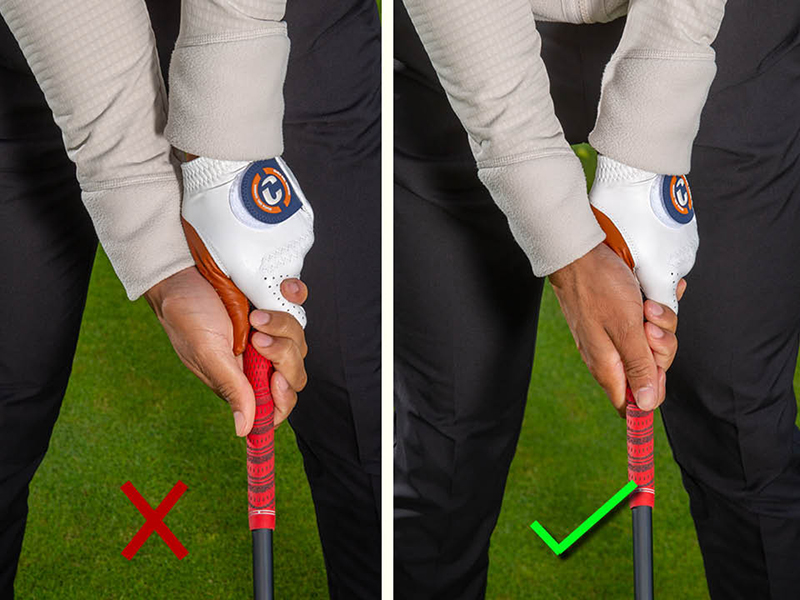
A strong grip (left) is a common hook cause. A neutral hold (right) will help straighten out your flight
Step 2: The Takeaway
The next fault occurs in the golf swing takeaway. Lots of beginners hood the face, and whip the club away on the inside. This combination causes the clubface to shut, meaning you need to compensate elsewhere in the swing to square it back up. This ultimately sacrifices consistency and could be the reason you are hooking the golf ball.
Try out this practice drill. Get into your driver setup position, aiming towards your target with a neutral grip, and then put your trail hand out as if you're shaking hands with someone standing to your right. Begin your swing, and bring your lead hand into position until it meets your trail hand. Through doing this, you will notice the clubface is much more square.
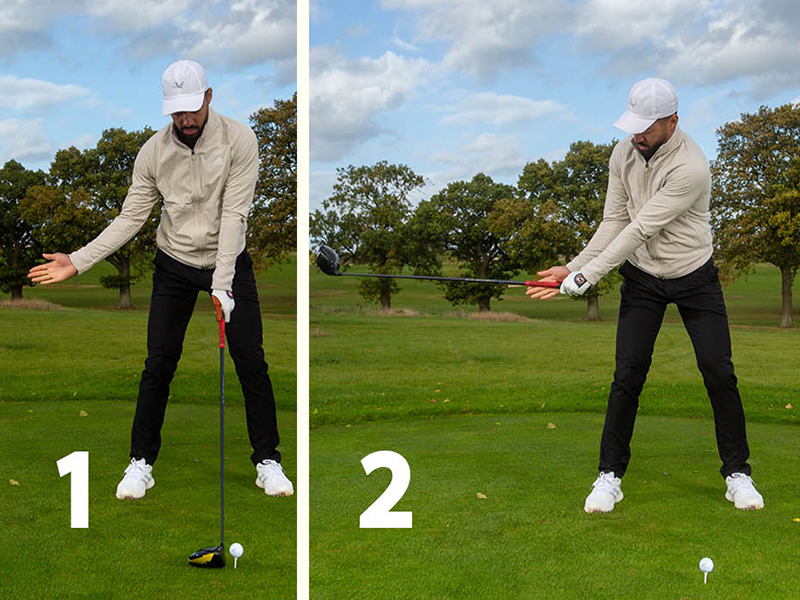
This drill will help you practice a much more effective takeaway in the golf swing
Imagine the swing like a chain, if you make a change to something at the start of the chain, it will impact on everything else along the way. Dedicate some time to practising these two steps and your ball flight will improve.
Step 3: The Fix - Tommy Fleetwood Drill
So many golfers stop rotating through impact and that inevitably leads to hooks. The body stalls, and the hands flip over quickly, making it really difficult to control the clubface, especially when swinging at speed with the driver.
A great way to improve your pivot is to channel your inner Tommy Fleetwood. Start by taking a full backswing, and focus on really trying hard to hold off the follow-through, sort of as if you're hitting a low punch shot with an iron. Check out the video above to see how I do it.
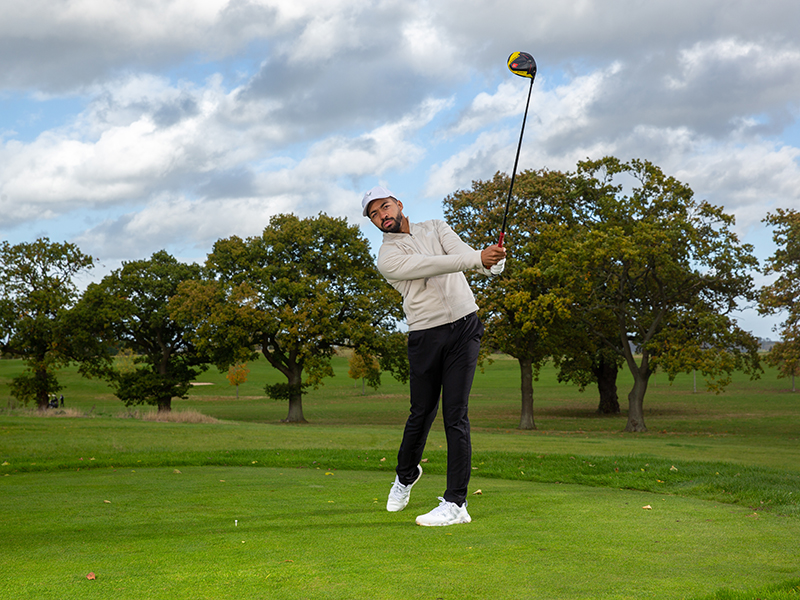
The Tommy Fleetwood drill will improve your pivot and help increase your control of the clubface
Build it up slowly, starting with some slower swings to get a feel for the drill before increasing the pace when you feel more comfortable. With practice, this improved pivot will allow for better clubface control and have you hitting straighter drives more consistently.

Barry joined Golf Monthly in January 2024, and now leads the instruction section across all platforms including print and digital. Working closely with Golf Monthly's Top 50 Coaches, he aims to curate and share useful tips on every aspect of the game - helping amateurs of all abilities to play better golf. A member at Sand Moor Golf Club in Leeds, he looks forward to getting out on the course at least once a week in the pursuit of a respectable handicap.
Barry is currently playing:
Driver: Benross Delta XT Driver
Hybrid: TaylorMade Stealth 4 Hybrid
Irons: Benross Delta XT 5-PW
Wedges: TaylorMade RAC 60, Callaway Jaws MD5 54
Putter: TaylorMade Spider Tour
- Trey NivenTop 50 Coach
- Alex ElliottTop 50 Coach
You must confirm your public display name before commenting
Please logout and then login again, you will then be prompted to enter your display name.
-
 Andrew Novak And Ben Griffin Seal Maiden PGA Tour Titles At Zurich Classic Of New Orleans
Andrew Novak And Ben Griffin Seal Maiden PGA Tour Titles At Zurich Classic Of New OrleansThe duo held off the challenges of Rasmus and Nicolai Hojgaard and Frank Capan III and Jake Knapp to win the TPC Louisiana team tournament
By Mike Hall
-
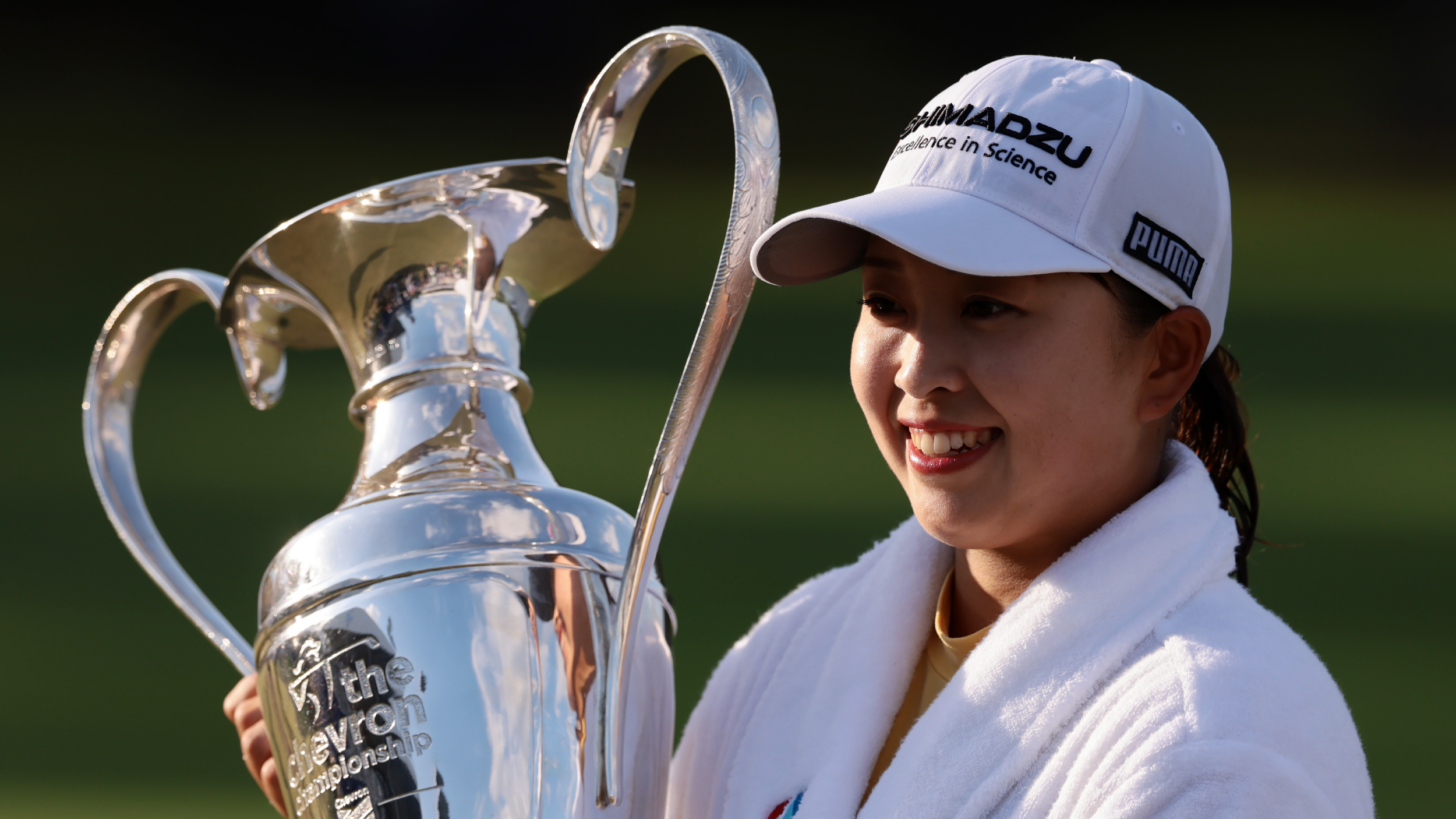 Mao Saigo Claims Maiden Major Title At Chevron Championship Title After Thrilling Five-Way Sudden Death Playoff
Mao Saigo Claims Maiden Major Title At Chevron Championship Title After Thrilling Five-Way Sudden Death PlayoffThe Japanese star made a birdie on the first extra hole at The Club at Carlton Wood as her four challengers faltered
By Mike Hall
-
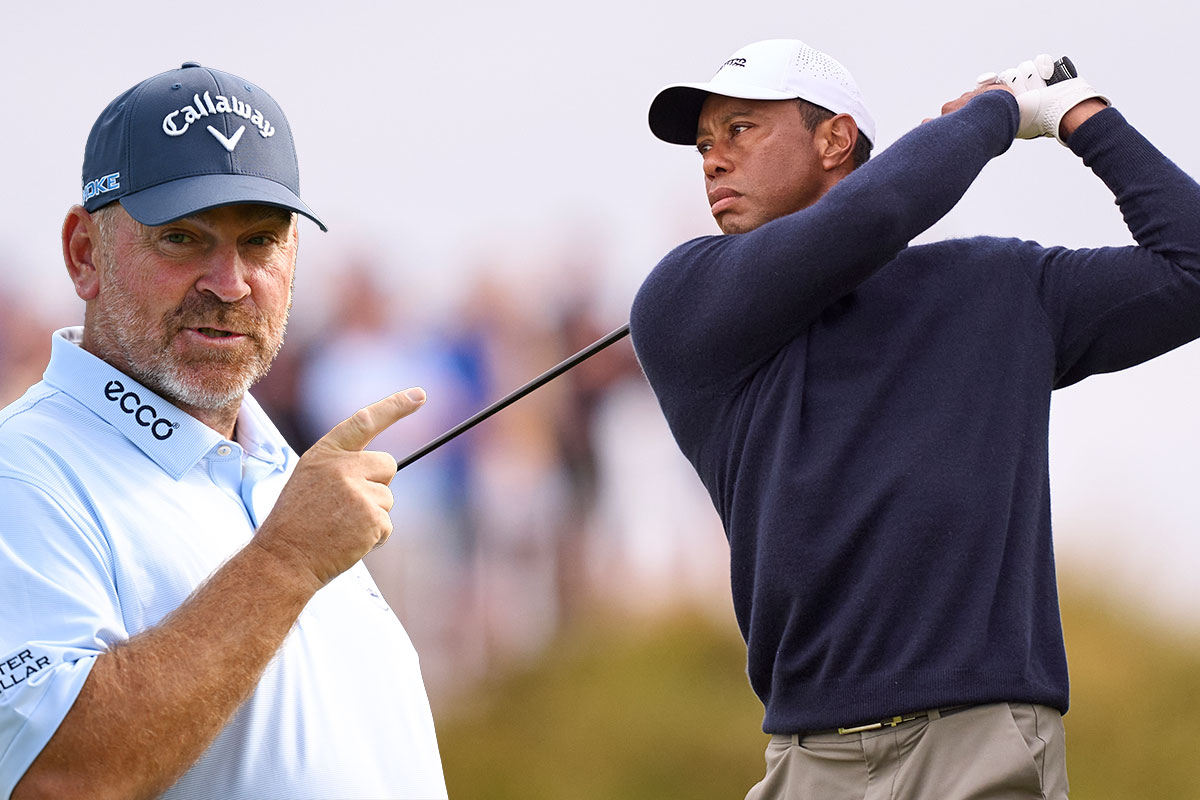 Thomas Bjorn Shares An Invaluable Scoring Tip He Learned From Tiger Woods
Thomas Bjorn Shares An Invaluable Scoring Tip He Learned From Tiger WoodsThomas Bjorn shares a superb tee to green masterclass, including some invaluable scoring advice from Tiger Woods, in a bid to help you improve on the course
By Barry Plummer
-
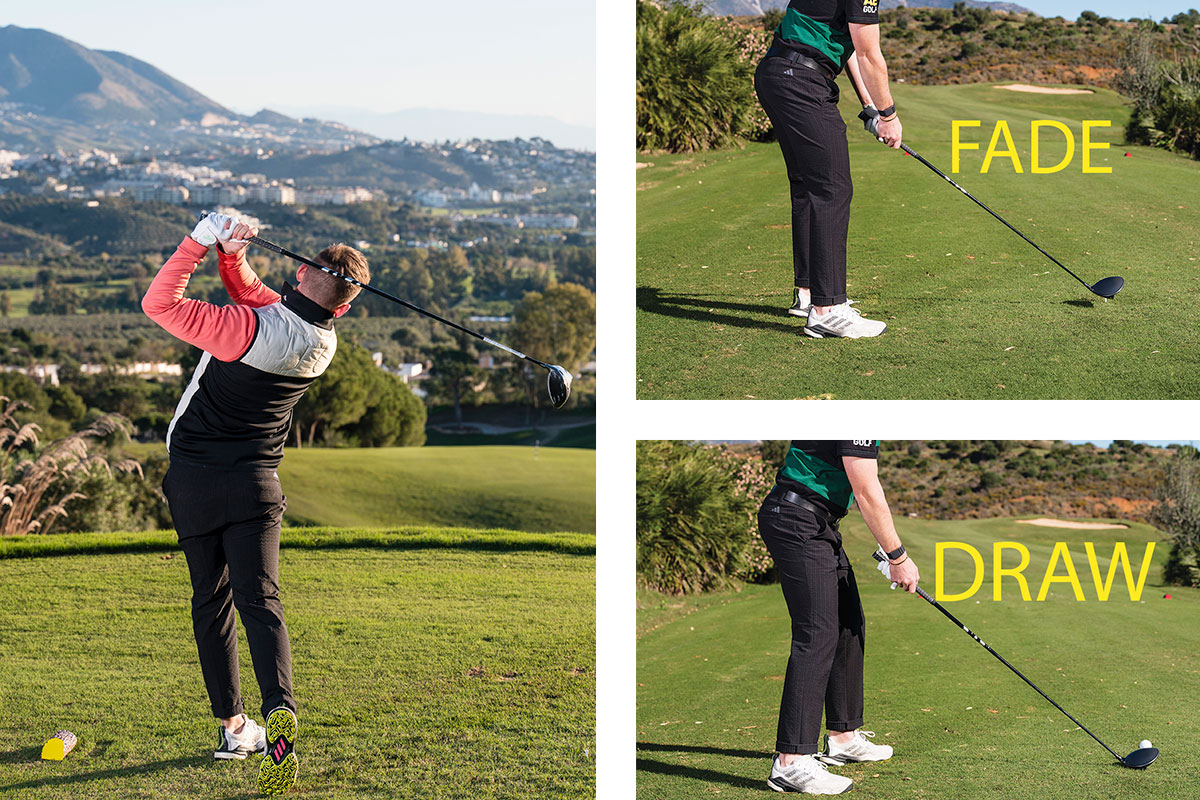 I Had No Idea It Was This Easy To Hit Draws And Fades... You Have To Try This Foolproof Formula Now
I Had No Idea It Was This Easy To Hit Draws And Fades... You Have To Try This Foolproof Formula NowWhen Top 50 Coach Alex Elliott shared this simple formula with me, I could not believe how easy it was to draw and fade the golf ball... you have to try it!
By Barry Plummer
-
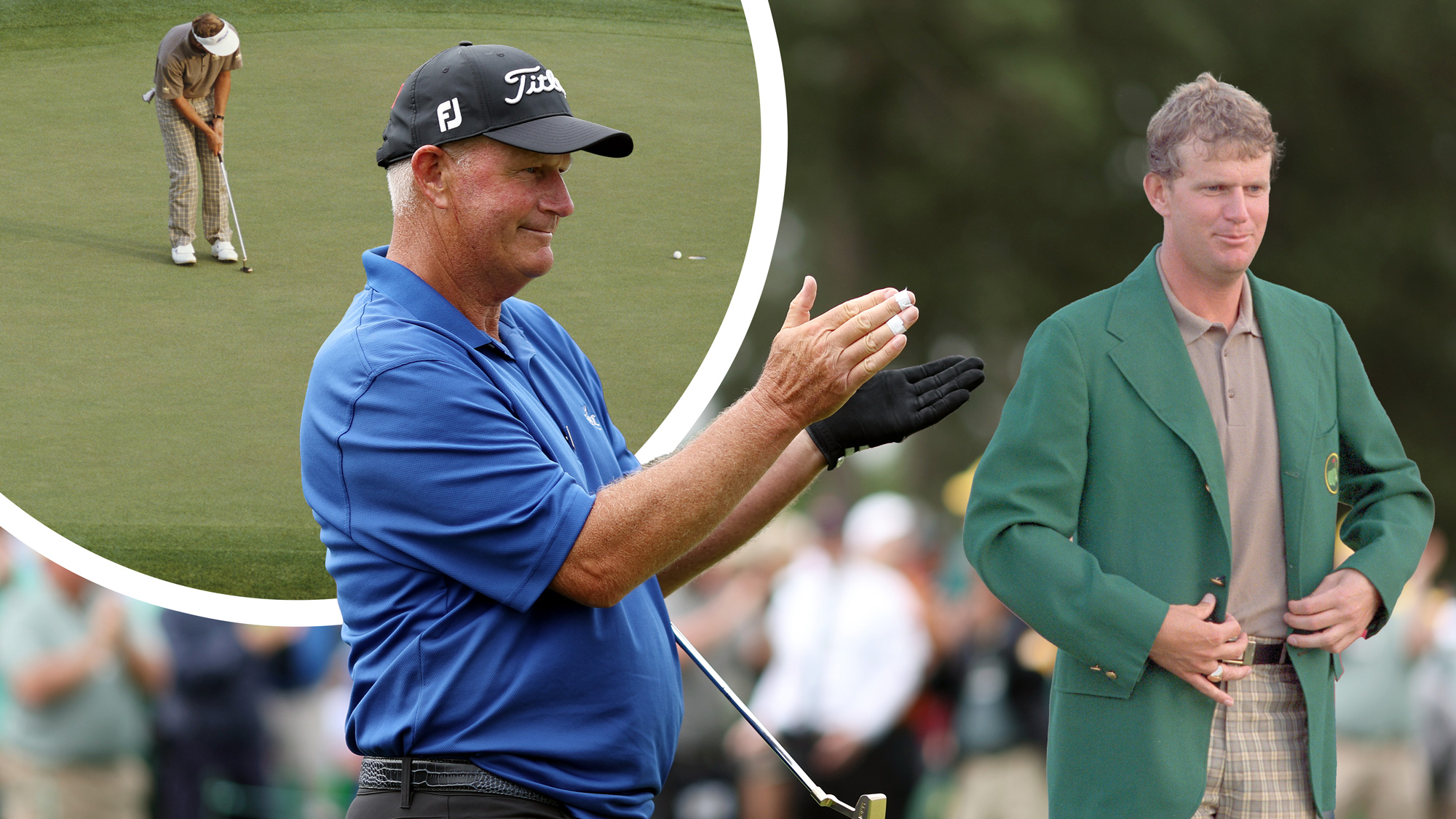 Sandy Lyle Shared 3 Top Tips With Us Prior To Winning The Masters in 1988... And They Could Still Save You Shots 37 Years Later
Sandy Lyle Shared 3 Top Tips With Us Prior To Winning The Masters in 1988... And They Could Still Save You Shots 37 Years LaterThe 1988 Masters Champion shared his expert tips in the January 1988 issue of Golf Monthly, but they are still absolute gems for amateur golfers to this day...
By Barry Plummer
-
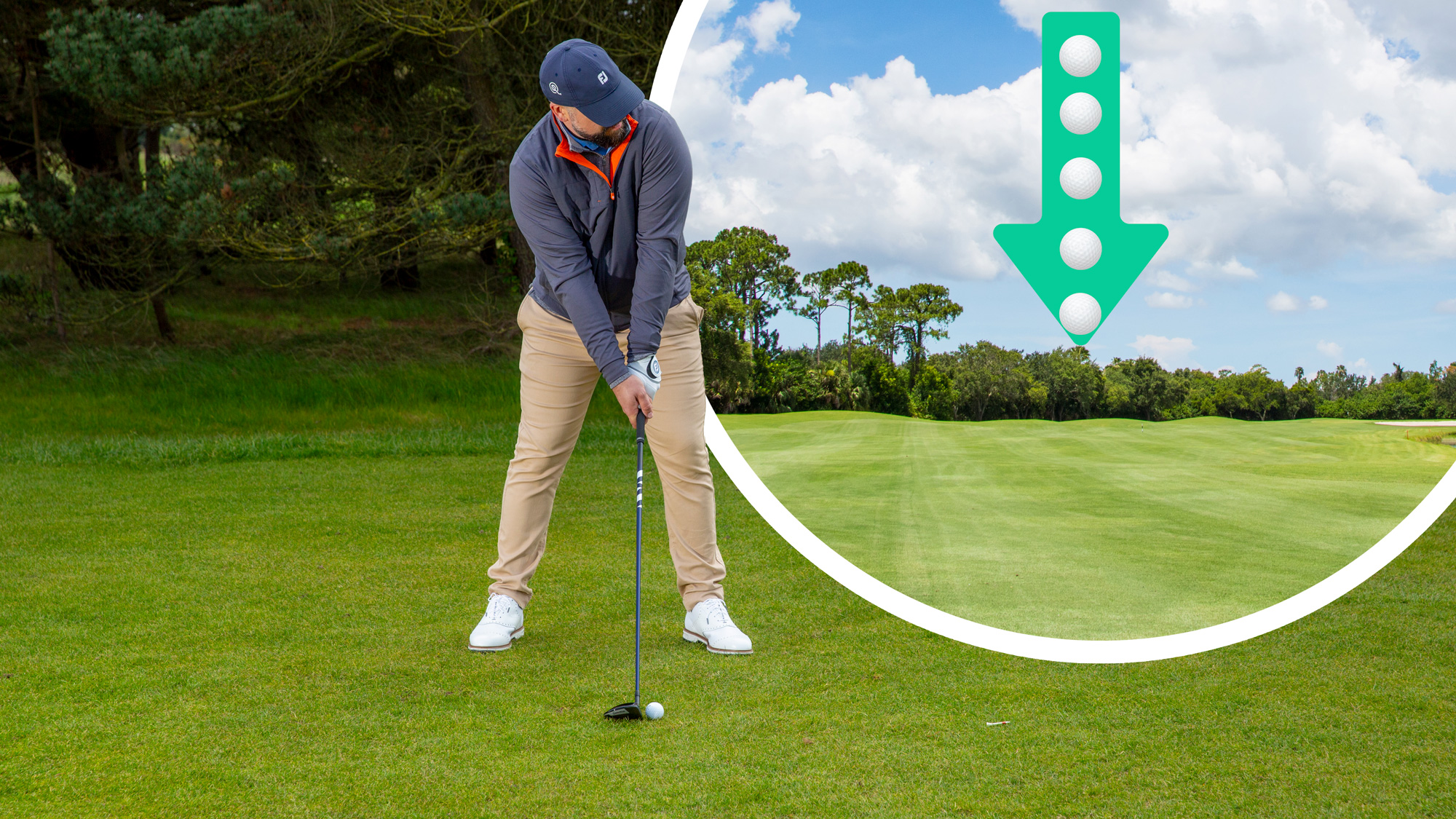 Are You More Accurate Than The Average Amateur Golfer? Peter Finch Can Help You Hit More Fairways In 2025
Are You More Accurate Than The Average Amateur Golfer? Peter Finch Can Help You Hit More Fairways In 2025There is no better feeling than striping one down the middle of the fairway, but many amateurs struggle with accuracy. Peter Finch has four pro tips to help...
By Barry Plummer
-
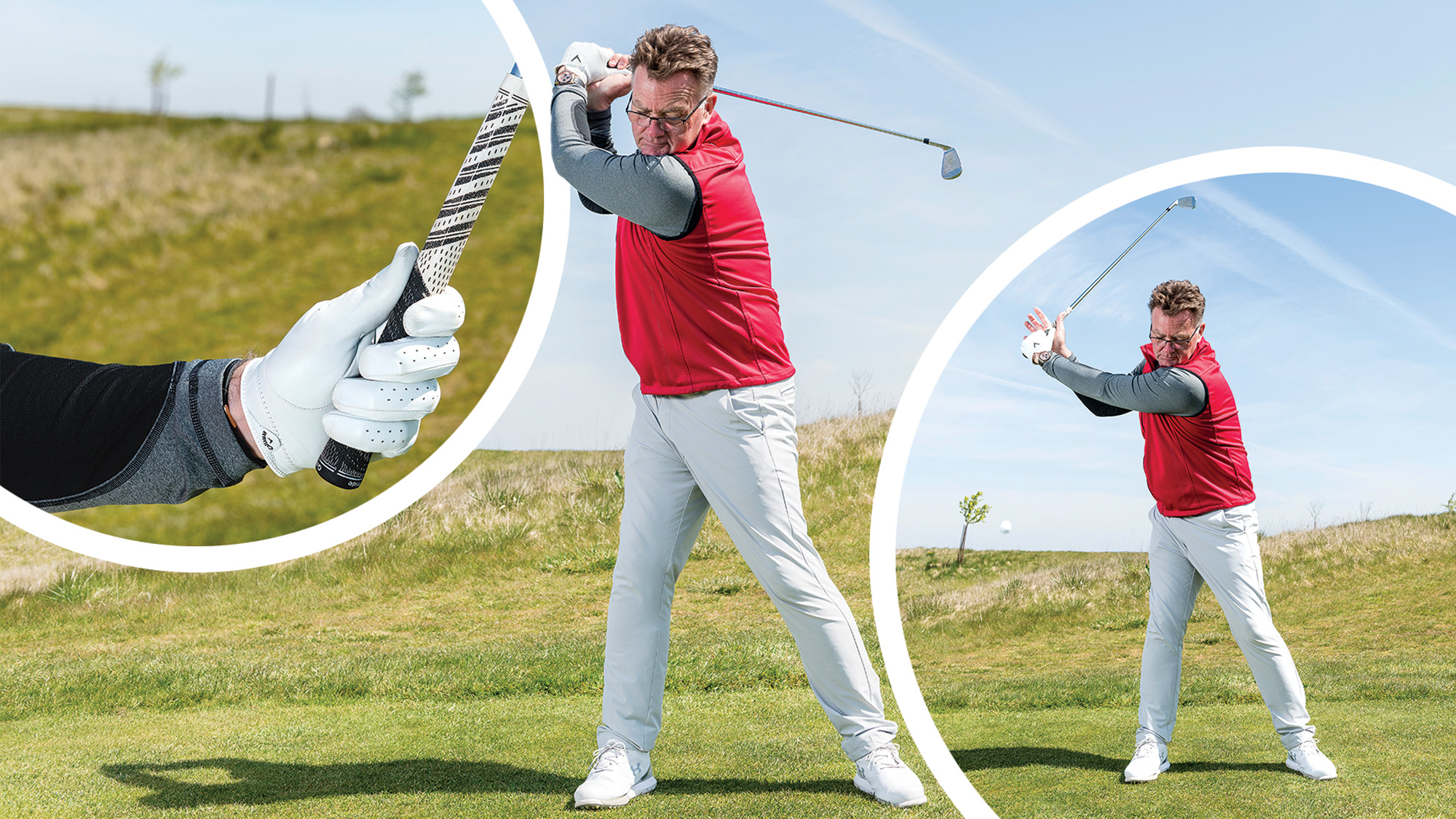 Are You A Victim Of This Destructive Golf Swing Fault? Let Me Help You Fix It Before You Tee It Up This Weekend
Are You A Victim Of This Destructive Golf Swing Fault? Let Me Help You Fix It Before You Tee It Up This WeekendAn overswing in golf is a destructive habit which can cost us precious shots on the golf course, but PGA Pro John Jacobs has a quick fix to get us game ready...
By Barry Plummer
-
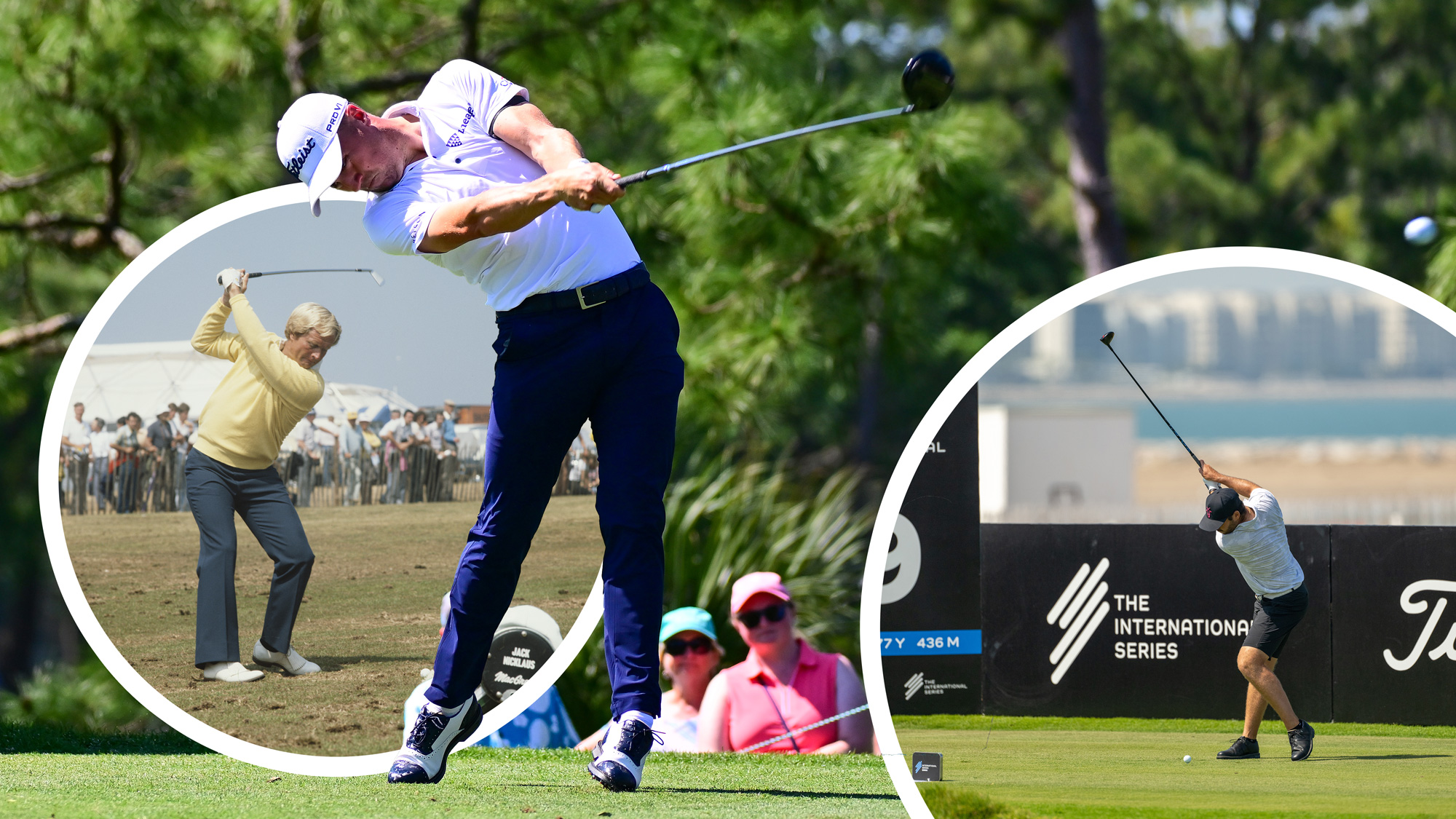 Do You Struggle With Distance Off The Tee? Try This Quick Fix To Make 2025 Your Biggest Golf Season Yet
Do You Struggle With Distance Off The Tee? Try This Quick Fix To Make 2025 Your Biggest Golf Season YetStruggling with distance off the tee could be a major reason why your handicap isn't coming down or your scores aren't improving, but our quick fix can help...
By Barry Plummer
-
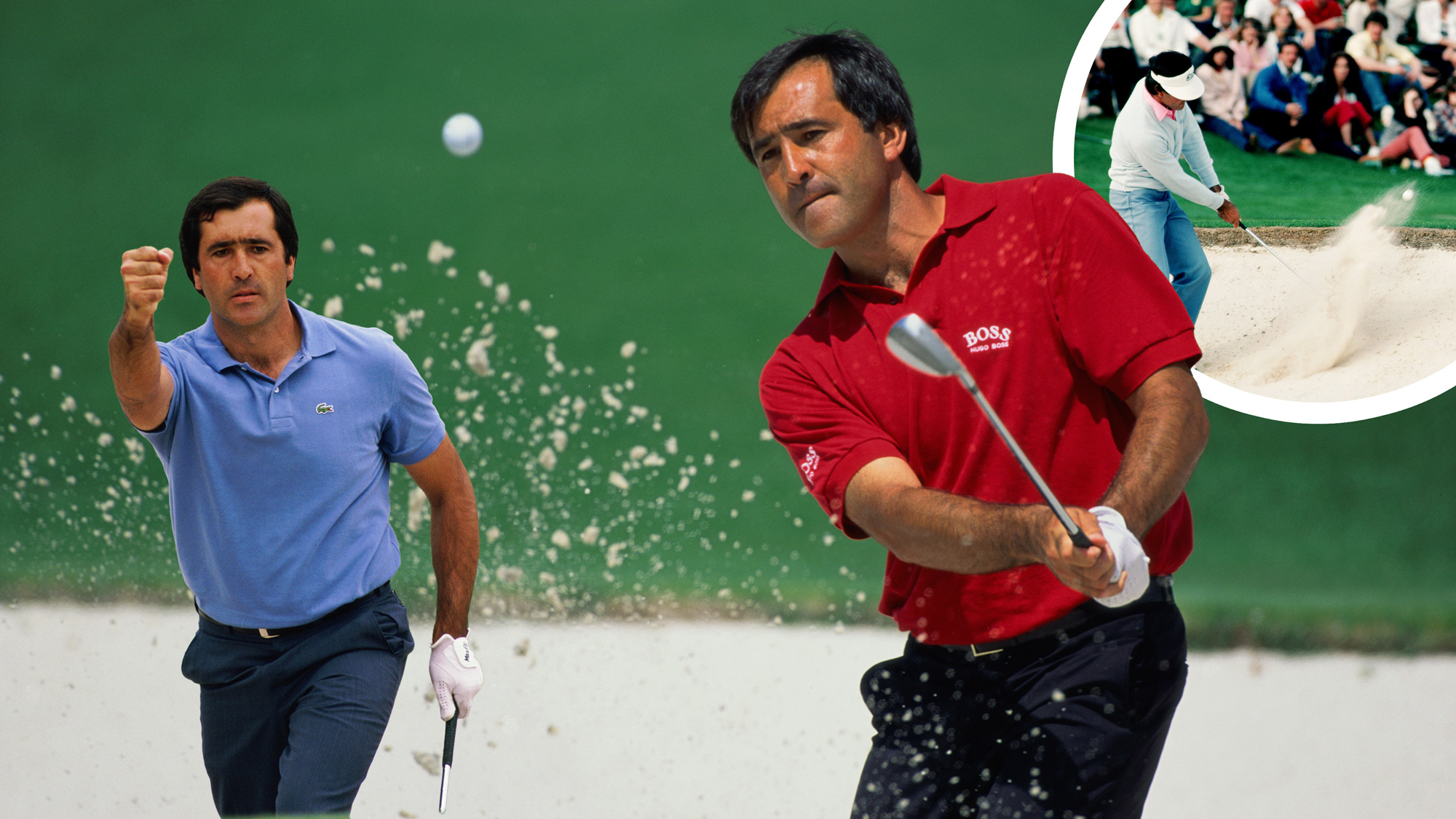 Seve's 'Lost' Bunker Lesson: Master Slopes And Transform Your Short Game Today
Seve's 'Lost' Bunker Lesson: Master Slopes And Transform Your Short Game TodaySeve's forgotten bunker lesson, from Golf Monthly's August 1983 issue, could hold the secret to better bunker play and supercharging your short game this season
By Barry Plummer
-
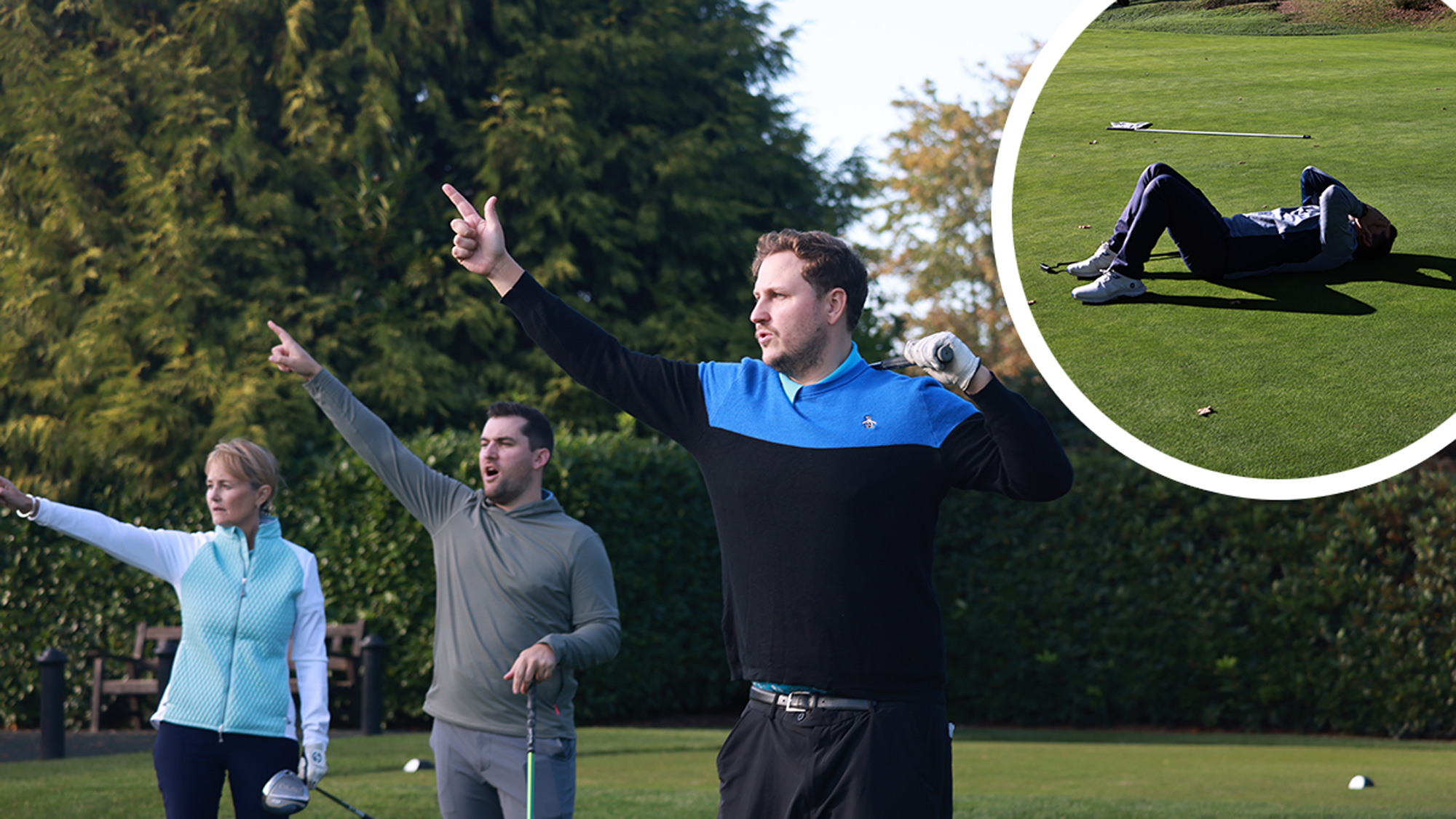 Is Your Golf Swing Failing You? This All-Encompassing Drill Can Instantly Save It
Is Your Golf Swing Failing You? This All-Encompassing Drill Can Instantly Save ItAre you struggling with your golf swing? Discover the all-encompassing drill that can fix common swing faults and restore your game. Get back on track today!
By Tom Motley